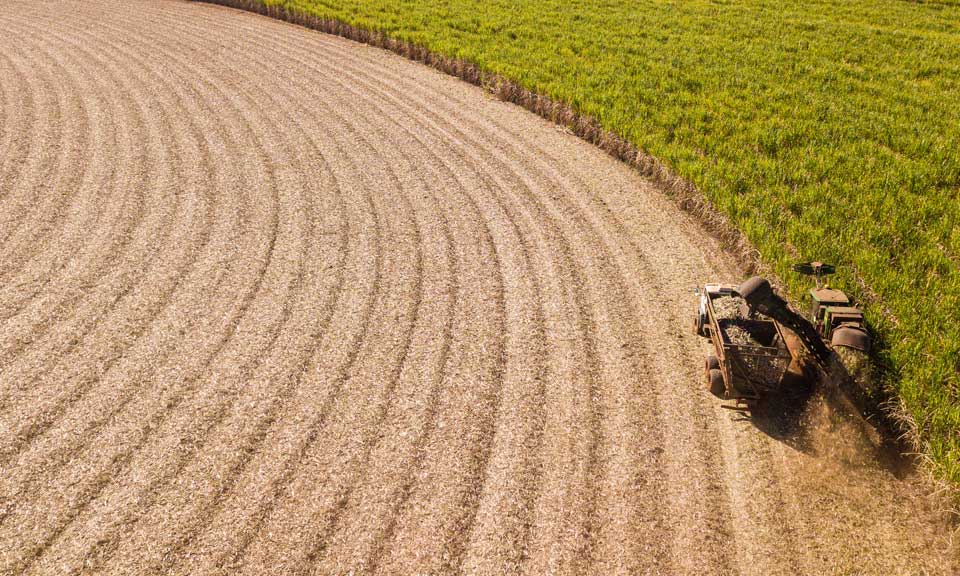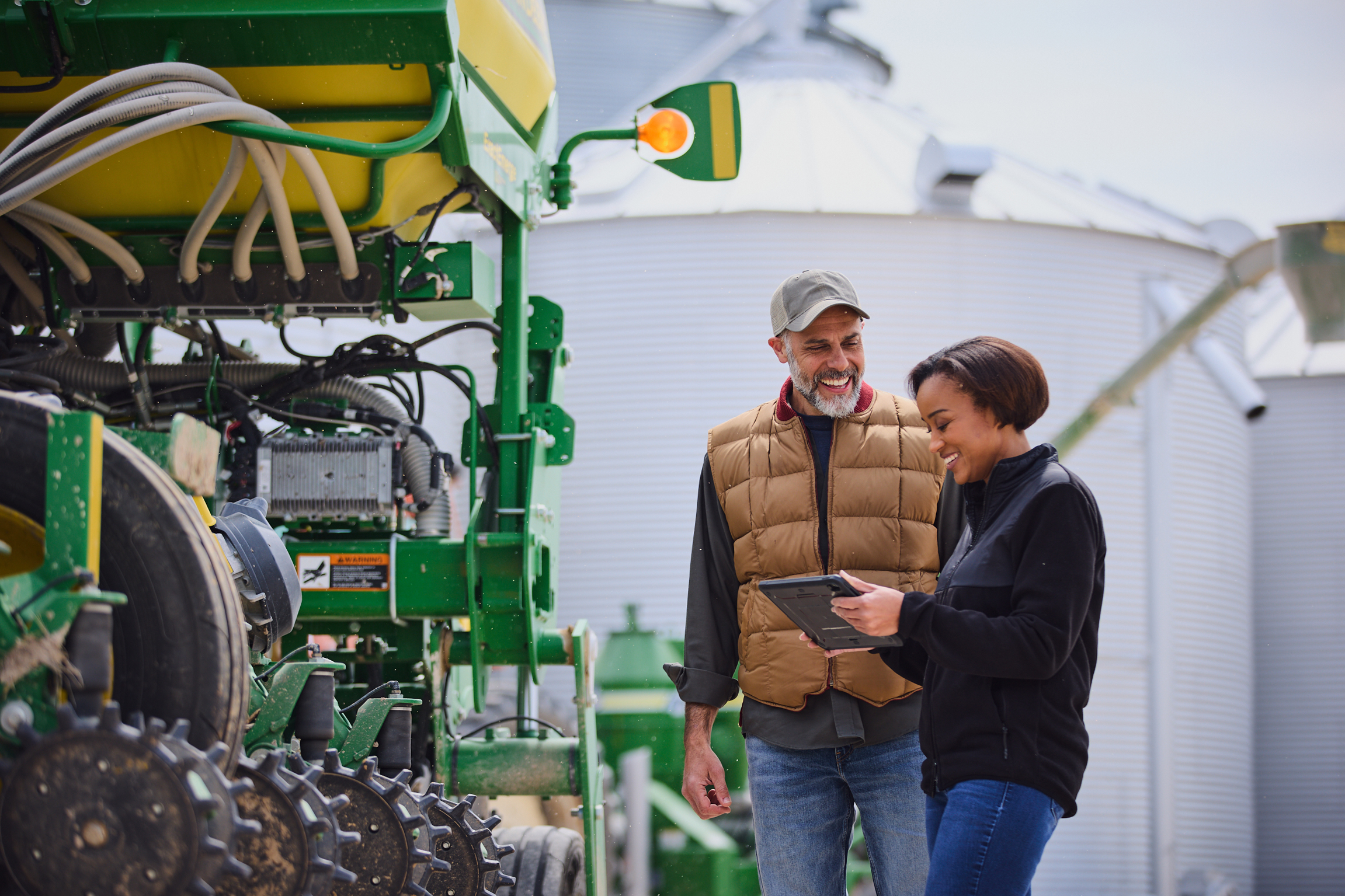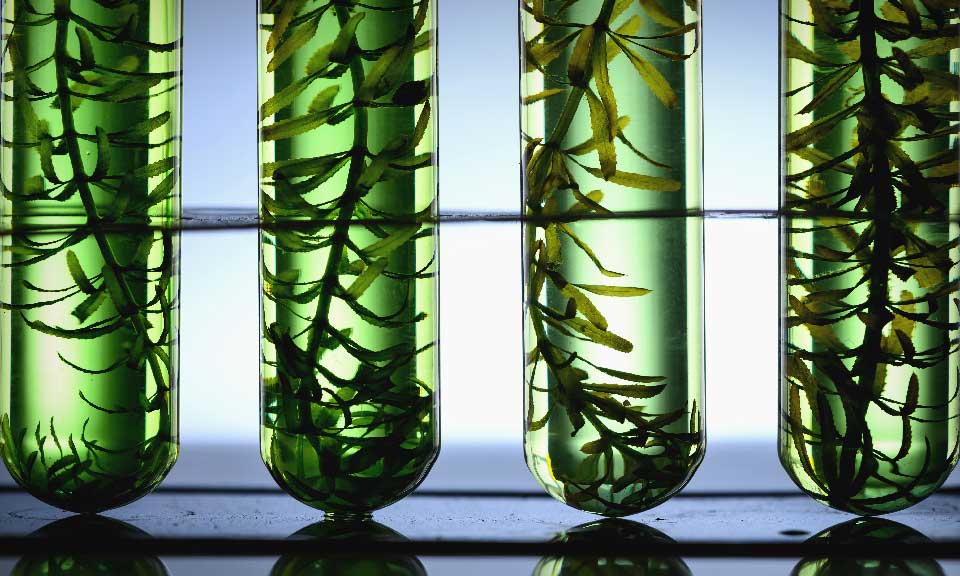CS Brazil H2 June sugar production expected to fall 13.6% on year: survey

Sugar production in the key Center-South Brazil region is expected to total 2.5 million mt in the second half of June, reflecting a decrease of 13.6% on the year, an S&P Global Commodity Insights survey of 10 analysts showed July 8.
During the survey, the cane crush estimate ranged from 41.0 million mt to 46.9 million mt for H2 June. The average estimate was for a total cane crush of 42.6 million mt, a 6.3% fall on the year.
Weather in the Center-South was favorable for crushing during H2 June, with less than one day expected lost to rain and about 250-255 mills active as of July 1.
"Weather was favorable during H2 June allowing mills to maximize crushing," according to Platts Analytics. "The variables most anticipated by the market in H2 June are the evolution of the ATR, which has been below expectations in the previous fortnights, and the sugar mix after the most recent drop in the price of ethanol."
The proportion of cane used for sugar production is expected to be 45.3%, down from 47.6% a year earlier. Brazilian producers took advantage of the recent high price of ethanol during the early stages of the harvest, but now mills are expected to start shifting more of their cane crush toward sugar production.
Platts assessed hydrous ethanol ex-mill Ribeirao Preto converted into raw sugar equivalent at 16.23 cents/lb on July 7, according to S&P Global data. The October NY11 sugar futures contract settled July 7 at 18.52 cents/lb, reflecting a 2.29 cents/lb premium to the hydrous ethanol price expressed in raw sugar equivalent ex-CBIOs.
Sugar's premium to ethanol production would move closer to 1.40 cents/lb if decarbonization credits were added into the premium calculation. The CBIO, equivalent to 1 mt of CO2 not released into the atmosphere, is an instrument issued by biofuel producers and importers to ensure Brazil attains its decarbonization targets.
Recoverable sugar per ton of sugar cane, or ATR, is expected to be 137.3 kg/mt, a decrease of 3.1% on the year.
Total ethanol output from sugar cane is expected to be 1.98 billion liters, down 6.0% on the year.
Hydrous ethanol output was expected to be 1.24 billion liters, according to the average of the analysts' responses to the survey. This would be a decrease of 0.3% on the year. Anhydrous ethanol output in H2 June was expected to be 737 million liters, 14.2% lower on the year, according to the survey.
Industry association UNICA is expected to release its official production figures early next week.
CS Brazil Cane Production Data – H2 June 2022 (as of July 1)
*Corn ethanol included
Sources: S&P Global Commodity Insights Pre-Report Survey of Analysts Results, UNICA
**Year-on-year change compares S&P Global Commodity Insights Survey against UNICA's figures for 2021-22

News
Bayer AG has announced the pilot of an expert generative AI (GenAI) system that “quickly and accurately” answers questions related to agronomy, farm management and Bayer agricultural products. The pilot has been developed in collaboration with Microsoft as leading technology partner and Ernst & Young (EY) as an industry partner, the company said. The system is the result of Bayer using proprietary agronomic data to train a large language model (LLM) with years of internal data, insights from thousands of trials within its vast testing network and centuries of aggregated experience from Bayer agronomists around the world, the company said. “Our unique GenAI system has the potential to serve agronomists and benefit farmers all over the world, further advancing AI as an indispensable technology for agriculture,” said Amanda McClerren, CIO and head of digital transformation & information technology for Bayer’s crop science division. Bayer said it is exploring ways to integrate the expert GenAI system into its digital offerings, and the company anticipates broad opportunities for collaboration with other agricultural offerings and partners. “Bayer aims to expand the pilot of the expert GenAI system to selected agronomists and potentially farmers as early as this year, while continuing to advance a separate GenAI prototype allowing users to directly query their own farm data,” the company said. In addition, the partnership between Bayer and Microsoft enables the company to bring ready-made capabilities, AgPowered Services, to the agri-food industry, such as Bayer’s Historical Weather that brings a comprehensive weather dataset to Azure Data Manager for Agriculture that spans the last 40 years and provides detailed, field-level weather insights across global agricultural regions, the company said. Integrating tools from IBM, including from the IBM Environmental Intelligence Suite, the new capability, which was previously available for internal use only, can inform weather risk assessments and actuary processes, Bayer said. It will also be used by Bayer and others to forecast crop seasonality and production changes year over year, as well as train agronomic models, it said. Meanwhile, Bayer is developing a connector that enables access to irrigation data from Lindsay Corp., an industry-leading irrigation solution provider. This expands the data types available to Azure Data Manager's enterprise customers, making it possible for them to connect to irrigation data in the same way as weather, imagery, original equipment manufacturer (OEM) and other data types, the company said. The new cloud offerings will also support regulatory and sustainability reporting, such as providing supply chain traceability that can help ensure compliance with new laws such as the EU Deforestation Regulation, which is expected to go into effect at the end of 2024, Bayer said. This article was first published in chemweek.com. Photo credit: Bayer

News
Asia has seen the fastest growth in biofuels production and exports globally, driven by government policies and export markets for feedstocks. To capitalize on the boom, governments have rapidly pushed out biofuel mandates focused around their country’s main agricultural products. Presently, the largest biofuel producers in the region are China, India, Indonesia, Malaysia, the Philippines and Thailand. Here’s a ready reckoner for Asia’s major biofuel policies along with production, trade and prices. Click for the full-size infographic